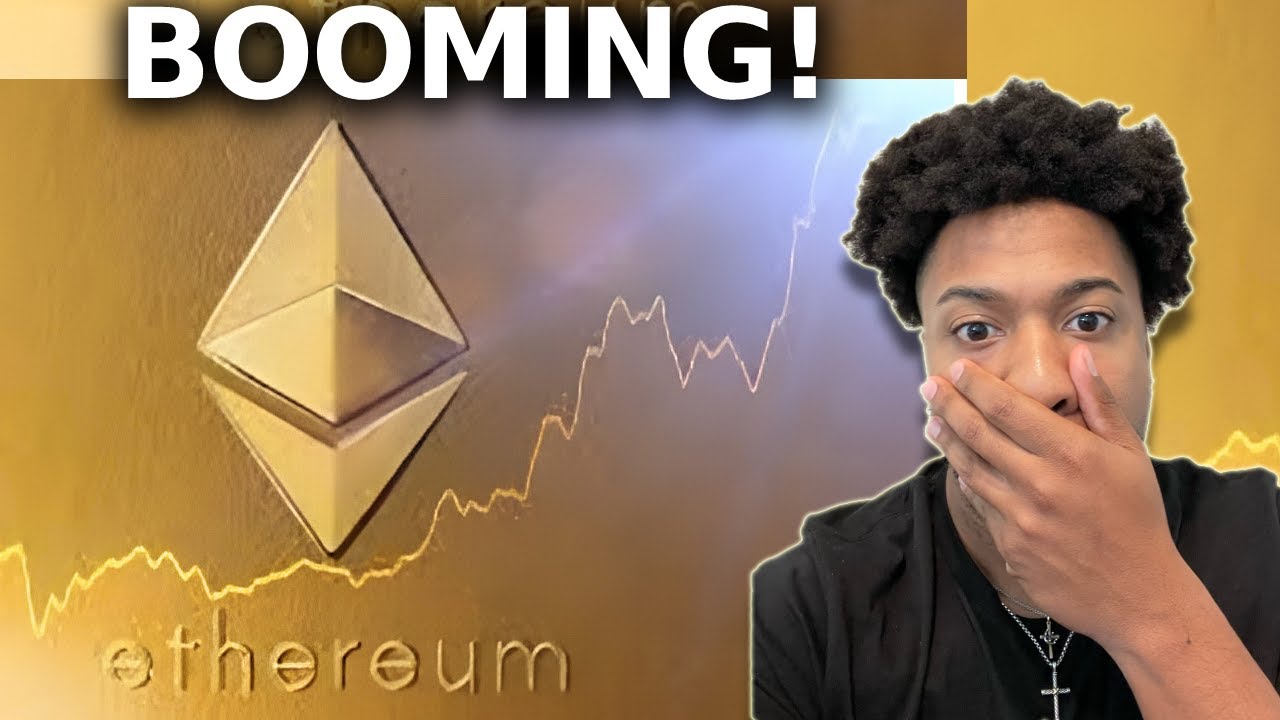
Crushing Bitcoin Trading Course 8 Powerful Strategies Win
The cryptocurrency market has evolved dramatically since Bitcoin’s inception, transforming from a niche digital experiment into a trillion-dollar global asset class. With Bitcoin trading experiencing unprecedented volatility and opportunity, mastering effective trading strategies has become crucial for both novice and experienced investors seeking to capitalize on this revolutionary financial landscape.
Bitcoin trading strategies have matured beyond simple buy-and-hold approaches, incorporating sophisticated technical analysis, risk management protocols, and algorithmic trading methods. The modern cryptocurrency trading environment demands a comprehensive understanding of market dynamics, blockchain technology fundamentals, and psychological trading principles that separate successful traders from those who struggle in volatile markets.
This comprehensive Bitcoin trading course reveals eight powerful strategies that professional traders use to generate consistent profits while minimizing risk exposure. Whether you’re interested in day trading Bitcoin, implementing dollar cost averaging techniques, or exploring advanced arbitrage trading opportunities, these proven methodologies will equip you with the knowledge and tools necessary to navigate the complex world of digital asset trading.
Crypto trading education has become increasingly important as institutional adoption accelerates and retail participation grows exponentially. Understanding market analysis, technical indicators, and risk management principles is no longer optional for serious traders who want to achieve long-term success in this rapidly evolving marketplace.
Our systematic approach combines fundamental analysis with cutting-edge trading techniques, ensuring you develop both the theoretical knowledge and practical skills needed to implement these winning trading strategies effectively. From swing trading methodologies to scalping techniques, each strategy is designed to work in different market conditions and suit various risk tolerance levels.
1. Day Trading Strategy: Capitalizing on Intraday Volatility
Day trading Bitcoin represents one of the most active and potentially profitable approaches to cryptocurrency trading. This strategy involves opening and closing positions within a single trading day, taking advantage of Bitcoin’s price volatility to generate quick profits from short-term price movements.
Understanding Intraday Market Dynamics
Day trading requires quick decision-making and access to real-time data to identify ideal entry and exit points. Successful day traders focus on technical analysis patterns, volume indicators, and market sentiment to make informed trading decisions within compressed timeframes.
The key to effective Bitcoin day trading lies in understanding market microstructure, including order book dynamics, support and resistance levels, and momentum indicators. Professional day traders typically utilize multiple timeframes, monitoring 1-minute, 5-minute, and 15-minute charts simultaneously to capture optimal entry and exit opportunities.
Essential Tools for Day Trading Success
Trading platforms with advanced charting capabilities, real-time market data, and low-latency execution are crucial for day trading success. Popular platforms include Binance, Coinbase Pro, and Kraken, each offering sophisticated tools for technical analysis and order management.
Risk management in day trading requires strict position sizing rules, stop-loss orders, and profit-taking strategies. Most successful day traders risk no more than 1-2% of their total capital on any single trade, ensuring they can survive inevitable losing streaks while maximizing long-term profitability.
2. Dollar Cost Averaging: Building Wealth Through Consistency

Dollar cost averaging has emerged as one of the most effective Bitcoin investment strategies for long-term wealth accumulation. This strategy involves buying a fixed amount regularly regardless of price, reducing the impact of volatility, and eliminating the need to time the market perfectly.
The Mathematics of DCA Success
The power of the DCA strategy lies in its ability to smooth out price volatility over time. When Bitcoin prices are high, your fixed investment amount purchases fewer coins; when prices are low, you acquire more coins. This natural averaging effect typically results in a lower average cost basis than attempting to time market peaks and troughs.
Historical data demonstrates that DCA Bitcoin strategies have consistently outperformed lump-sum investing and market timing attempts over multi-year periods. Even investors who began their DCA programs at market peaks have generally achieved positive returns within 12-24 months.
Implementing Your DCA Program
Successful dollar cost averaging requires discipline, consistency, and patience. Establish a fixed investment amount that you can comfortably sustain regardless of market conditions, and automate your purchases to remove emotional decision-making from the equation.
Consider varying your DCA frequency based on market conditions and personal cash flow. Some traders implement weekly DCA during high volatility periods and monthly DCA during stable market conditions, optimizing their investment strategy for maximum effectiveness.
3. Swing Trading: Capturing Medium-Term Price Movements
Swing trading represents the middle ground between day trading and long-term investing, focusing on capturing price movements over several days to weeks. This Bitcoin trading strategy is ideal for traders who want active participation in the market without the intense time commitments required for day trading.
Technical Analysis for Swing Trading
Swing trading Bitcoin relies heavily on technical analysis, particularly trend identification, support and resistance levels, and momentum indicators. Successful swing traders utilize daily and weekly charts to identify potential reversal points and trend continuation patterns.
Key technical indicators for swing trading include moving averages, Relative Strength Index (RSI), MACD, and Bollinger Bands. These tools help identify overbought and oversold conditions, providing optimal entry and exit signals for medium-term position holds.
Risk Management in Swing Trading
Position sizing and risk management are crucial for swing trading success. Unlike day trading, swing trades may move against you for several days before reversing, requiring larger stop-loss orders and patient position management. Most successful swing traders use a risk-reward ratio of at least 1:2, meaning they target profits that are twice the size of their maximum acceptable loss. This approach ensures profitability even with a win rate below 50%.
4. Scalping Techniques: Profiting from Micro Price Movements
Scalping represents the most intensive form of Bitcoin trading, focusing on capturing tiny price movements through high-frequency trading activities. This strategy requires exceptional discipline, lightning-fast execution, and a deep understanding of market microstructure.
The Scalper’s Mindset
Scalping Bitcoin demands a completely different psychological approach than other trading strategies. Scalpers must be comfortable with rapid-fire decision-making, minimal profit margins per trade, and high trade volumes to achieve meaningful returns.
Successful crypto scalping relies on superior execution speed, often utilizing algorithmic trading systems and direct market access to compete with institutional high-frequency traders. Manual scalping requires exceptional focus and the ability to process market information instantaneously.
Technical Requirements for Scalping
Scalping strategies require the lowest possible transaction costs, as fees can quickly erode the minimal profits generated by each trade. Choose exchanges with maker-taker fee structures that reward liquidity provision, and consider volume-based fee discounts for active traders.
Ultra-low latency internet connections, professional trading hardware, and sophisticated charting software are essential for competitive scalping performance. Many professional scalpers co-locate their trading servers near exchange data centers to minimize execution delays.
5. Arbitrage Trading: Exploiting Price Discrepancies
Arbitrage trading offers one of the lowest-risk approaches to Bitcoin trading, focusing on exploiting price differences between different exchanges or trading pairs. This strategy capitalizes on market inefficiencies while contributing to overall market price discovery.
Types of Bitcoin Arbitrage
Spatial arbitrage involves purchasing Bitcoin on one exchange where the price is lower and simultaneously selling on another exchange where the price is higher. This requires maintaining accounts and balances on multiple exchanges.
Triangular arbitrage exploits pricing inefficiencies between different cryptocurrency pairs on the same exchange. For example, trading Bitcoin to Ethereum to USD and back to Bitcoin if the exchange rates create a profit opportunity.
Execution Challenges and Solutions
Arbitrage opportunities in Bitcoin markets have diminished as the market has matured and algorithmic trading has become more prevalent. However, opportunities still exist during periods of high volatility or when new exchanges launch with limited liquidity. Successful crypto arbitrage requires sophisticated monitoring systems, automated execution capabilities, and careful consideration of transaction fees, withdrawal limits, and transfer times between exchanges.
6. Technical Analysis Mastery: Reading Market Charts
Technical analysis forms the foundation of most successful Bitcoin trading strategies, providing traders with objective tools for market analysis and decision-making. Mastering chart patterns, indicators, and market psychology is essential for consistent trading success.
Fundamental Chart Patterns
Bitcoin price action follows many of the same technical patterns observed in traditional financial markets. Key patterns include support and resistance levels, trend lines, triangles, head and shoulders formations, and double tops and bottoms.
Understanding candlestick patterns is crucial for short-term trading decisions. Patterns like doji, hammer, shooting star, and engulfing candles provide valuable insights into market sentiment and potential reversal points.
Advanced Technical Indicators
Moving averages serve as the foundation for trend identification and dynamic support/resistance levels. Popular configurations include 20/50/200-day moving averages for different timeframe analysis. Momentum indicators like RSI, Stochastic, and MACD help identify overbought and oversold conditions, providing optimal timing for trade entries and exits. These tools are particularly effective when combined with price action analysis.
7. Risk Management: Protecting Your Trading Capital

Risk management is arguably the most critical component of any successful Bitcoin trading strategy. Professional traders understand that preserving capital during losing periods is more important than maximizing profits during winning streaks.
Position Sizing Strategies
Position sizing determines how much of your total capital to risk on any single trade. The 2% rule suggests risking no more than 2% of your account balance on any individual position, ensuring you can survive extended losing streaks.
Kelly Criterion provides a mathematical approach to position sizing based on your win rate and average profit/loss ratio. This method helps optimize position sizes for maximum long-term growth while minimizing the risk of account depletion.
Stop Loss and Take Profit Orders
Stop loss orders are essential for limiting losses when trades move against you. Place stop losses at technically significant levels, such as below support levels for long positions or above resistance levels for short positions. Take profit orders help secure gains when trades move in your favor. Consider using trailing stop losses to lock in profits while allowing successful trades to continue running in favorable directions.
8. Psychological Trading Principles: Mastering Your Mindset
Trading psychology often determines the difference between successful and unsuccessful Bitcoin traders. Emotional decision-making, fear, greed, and overconfidence can quickly destroy even the most sophisticated trading strategies.
Emotional Discipline in Trading
Fear and greed are the two primary emotions that sabotage trading performance. Fear causes traders to exit winning positions too early or avoid taking necessary risks, while greed leads to overleveraging and holding losing positions too long.
Developing emotional discipline requires recognizing your psychological biases and implementing systematic approaches to decision-making. Keep detailed trading journals to identify patterns in your emotional responses and trading performance.
Building Consistent Trading Habits
Trading discipline comes from establishing and following consistent routines, regardless of market conditions or recent performance. Create detailed trading plans that specify entry criteria, exit strategies, and risk management parameters for every trade. Continuous education and self-improvement are essential for long-term trading success. Markets evolve constantly, requiring traders to adapt their strategies and continue learning new techniques and technologies.
Advanced Trading Concepts and Market Analysis
Fundamental Analysis in Bitcoin Trading
While technical analysis dominates short-term Bitcoin trading, understanding fundamental factors that drive long-term value is crucial for comprehensive market analysis. Blockchain adoption, regulatory developments, institutional investment, and macroeconomic factors all influence Bitcoin’s price trajectory.
On-chain analysis provides unique insights into Bitcoin network activity, including transaction volumes, active addresses, and whale movements. These metrics offer valuable context for technical analysis and help identify potential market turning points.
Automated Trading Systems
Algorithmic trading has become increasingly popular in cryptocurrency markets, allowing traders to execute strategies consistently without emotional interference. Trading bots can monitor multiple markets simultaneously, execute trades based on predetermined criteria, and operate 24/7 in the always-active crypto markets. Popular automated trading platforms include 3Commas, TradeSanta, and Cryptohopper, each offering different features and complexity levels for various trader experience levels.
Also Read: Master Bitcoin Trading Top 10 Online Courses for Success
Conclusion
Mastering Bitcoin trading requires a comprehensive understanding of multiple strategies, disciplined risk management, and continuous adaptation to evolving market conditions. The eight powerful strategies outlined in this Bitcoin trading course provide a solid foundation for both beginning and experienced traders seeking to improve their performance in cryptocurrency markets.
Success in Bitcoin trading comes not from finding a single perfect strategy, but from developing a diverse toolkit of approaches that work in different market environments, combined with unwavering discipline in risk management and emotional control. Whether you choose day trading, dollar cost averaging, swing trading, or any combination of these strategies, remember that consistent profitability requires patience, practice, and continuous learning in this dynamic and rapidly evolving financial landscape.







